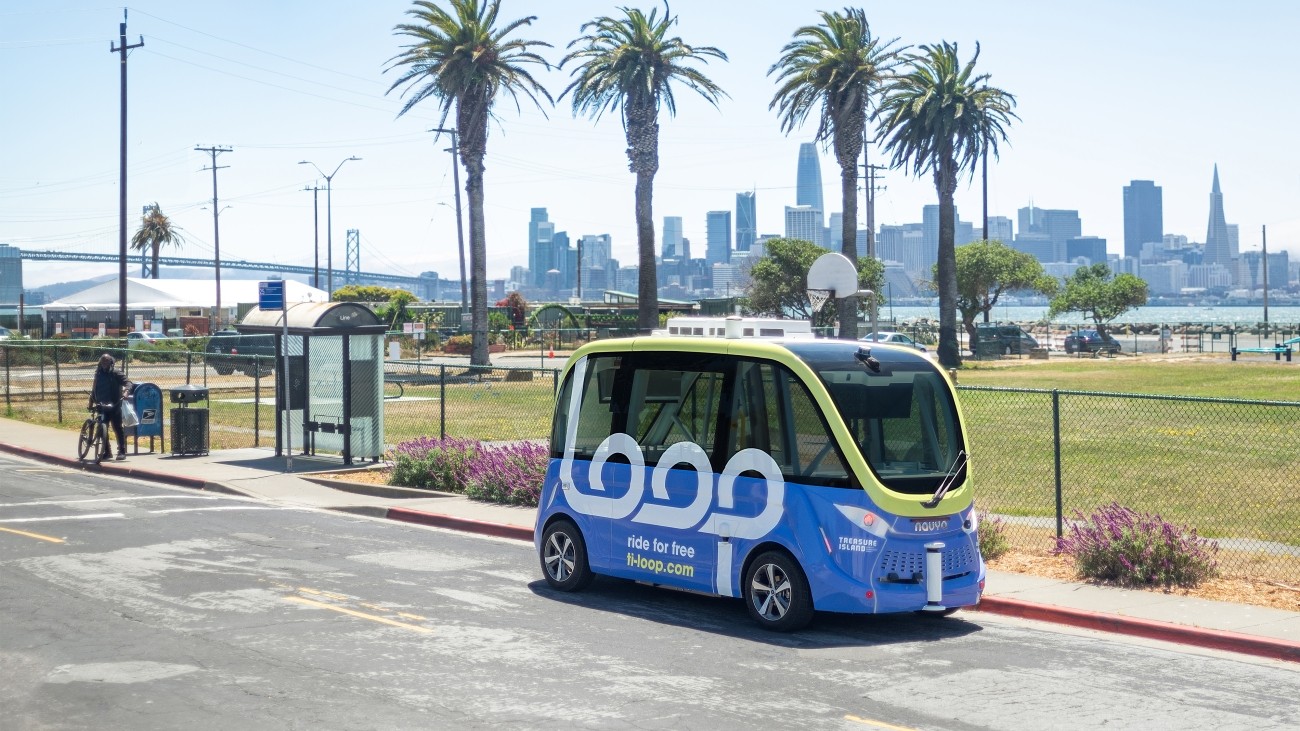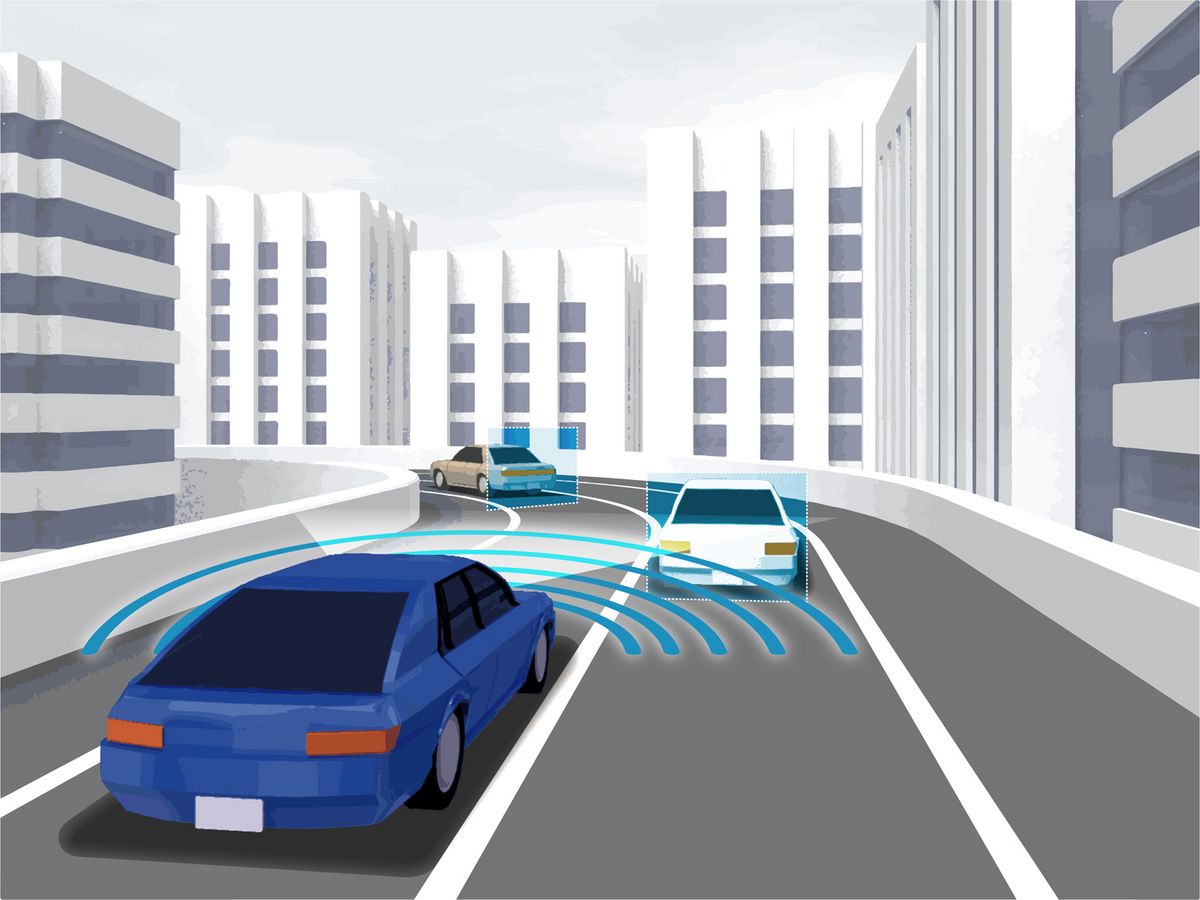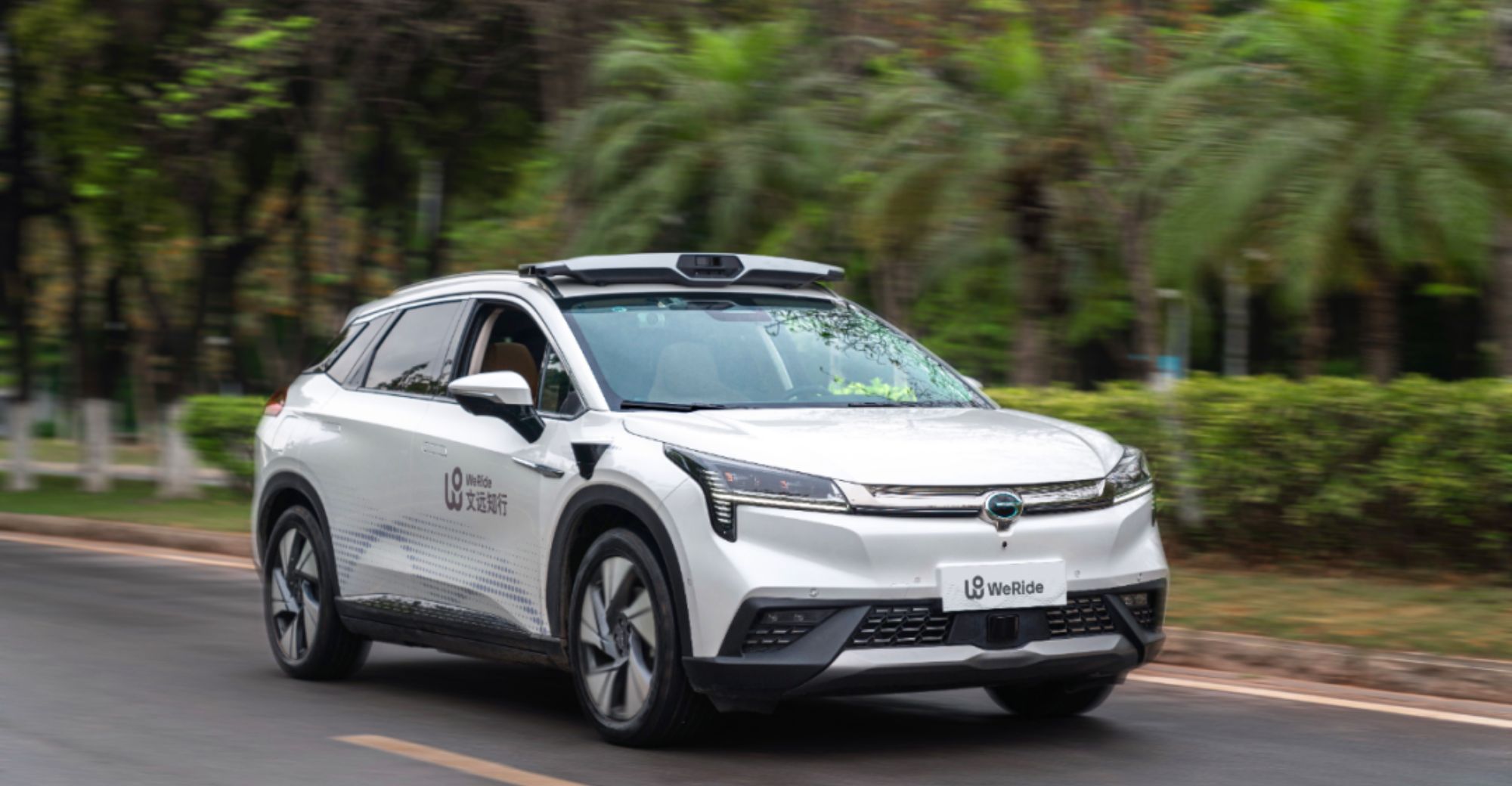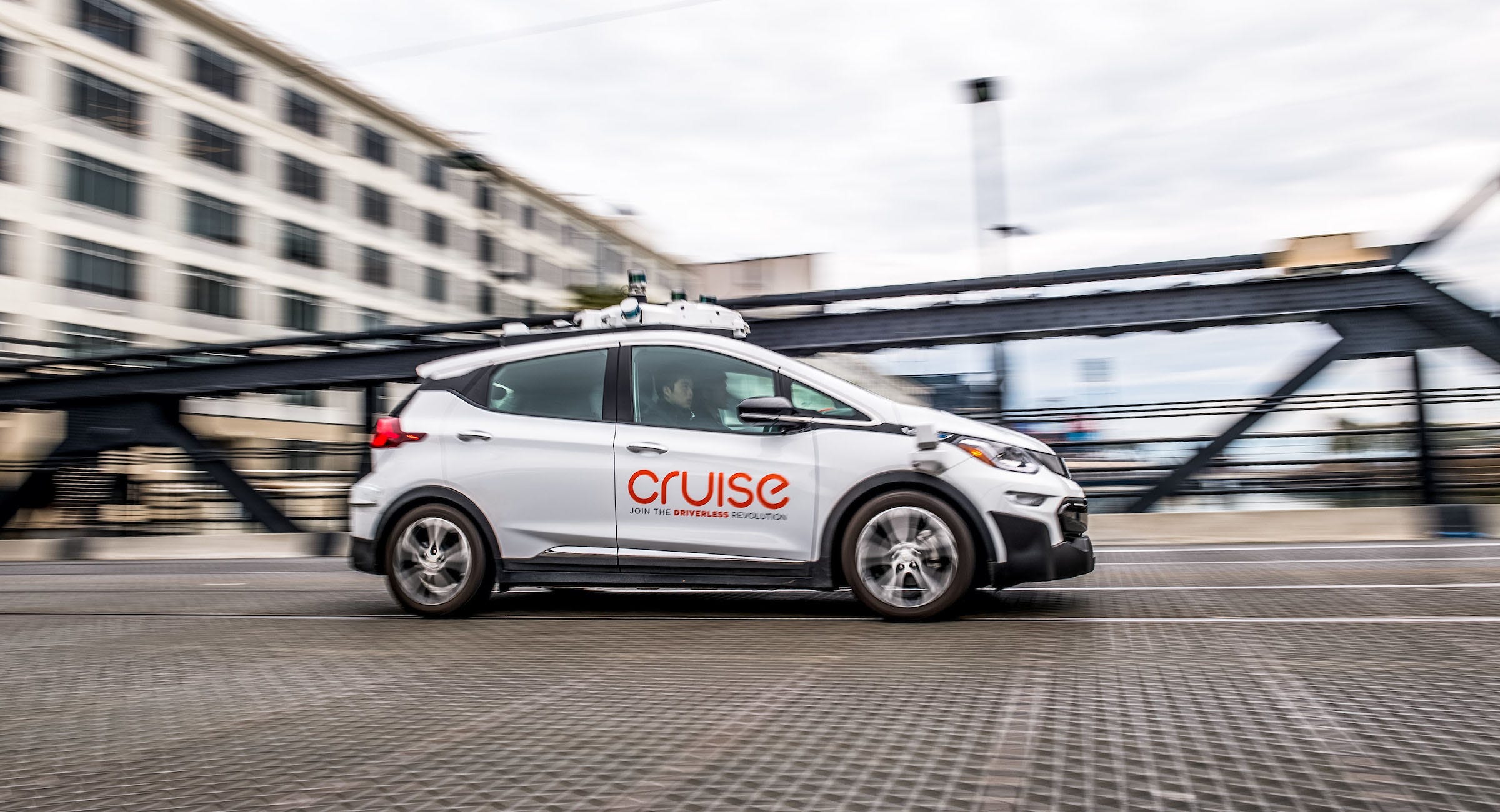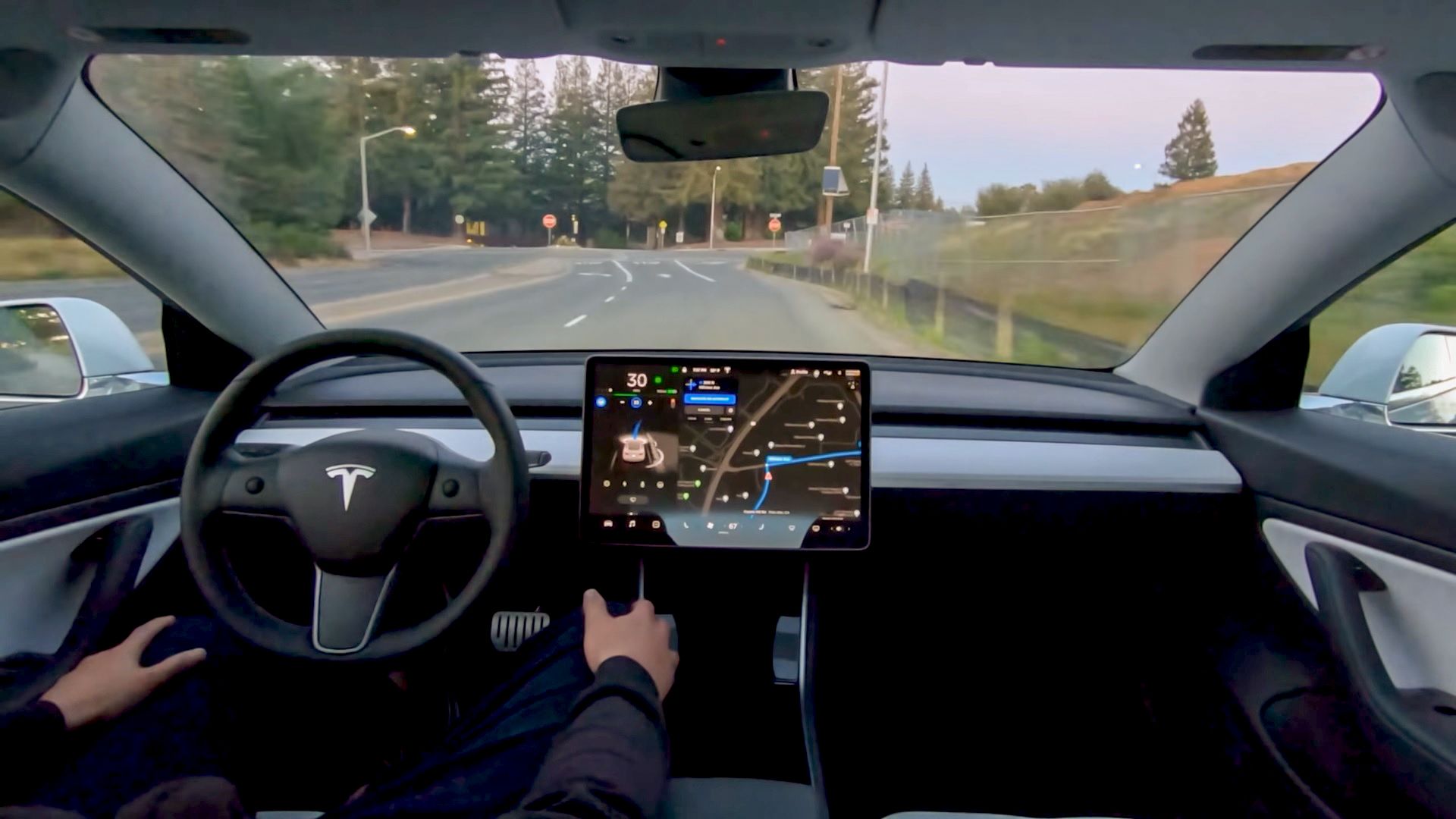San Francisco, known for pioneering self-driving taxis, is now breaking new ground with the launch of self-driving buses on Treasure Island. The city’s latest venture, named the “Loop,” has marked a significant milestone as one of California’s first autonomous shuttle services exclusively operating on public roads.
The Loop service, a collaboration between the Treasure Island Mobility Management Agency (TIMMA) and the Treasure Island Development Authority (TIDA), is set to revolutionize transportation accessibility. Designed to cater to a diverse range of passengers, including wheelchair users, the service will navigate a fixed route encompassing seven strategic stops across Treasure Island – a community boasting around 2,000 residents.
See also: ZF Shows Its Autonomous Shuttle in Las Vegas With 80 Miles Range
With a focus on convenience and community integration, the Loop’s route encompasses community centers and commercial hubs. The service operates in conjunction with a section of the Muni 25 line, further expanding its coverage on the northern part of the island. The shuttles, which are scheduled to run approximately every 20 minutes, have been hailed as a remarkable leap towards inclusive and sustainable public transportation.
Powered by cutting-edge technology, the electric shuttles are crafted by the renowned French company Navya and are operationalized by Florida-based Beep. The shuttles, capable of accommodating up to 10 passengers each, are equipped with Lidar, cameras, and GNSS antenna – a suite of technologies that enables seamless automated functionality.
One of the remarkable aspects of the Loop service is its commitment to accessibility. Wheelchair users, often faced with transportation challenges, will find the service designed to cater to their needs, promoting inclusivity and convenience.
Funding for this innovative project has been sourced from prestigious entities such as the U.S. Department of Transportation, the Metropolitan Transportation Commission, and the San Francisco County Transportation Authority. With a planned operational span of nine months, the Loop service is anticipated to provide valuable insights into the feasibility of autonomous transportation solutions for densely populated urban areas.
Operating between the hours of 9 a.m. and 6 p.m., the Loop service ensures passenger safety by having a human supervisor on board at all times. However, services will not operate during heavy rain or fog. To maintain the highest standards of safety and performance, the shuttles will be vigilantly monitored through a remote Beep command center.
See also: GreenPower and NETS Partner to Expand All-Electric Commercial Vehicles in Boston and Rhode Island
Beep, an experienced player in the realm of autonomous shuttles, has already established a presence across the United States. Recent months have witnessed the launch of similar services in various cities, including Altamonte Springs and Orlando, Florida, as well as Cumberland, Atlanta, Georgia.
As the Loop project manager, Aliza Paz, underscores, feedback and community engagement are integral to the initiative’s success. With a focus on continuous learning and improvement, the pilot project seeks to actively involve riders and the broader community.
“This pilot is designed to promote learning, and we’re happy to hear from riders and the broader community,” Paz emphasized, underscoring the collaborative spirit that underscores this groundbreaking initiative.
With a firm commitment to addressing unique transportation needs and challenges, the Loop’s maiden journey on Treasure Island sets the stage for potential long-term autonomous solutions. Extensive testing and meticulous planning have paved the way for an endeavor that not only embraces innovation but also envisions a future where self-driving technology seamlessly integrates with urban life. As the Loop embarks on its transformative odyssey, its impact on redefining public transportation could resonate far beyond the shores of Treasure Island.

